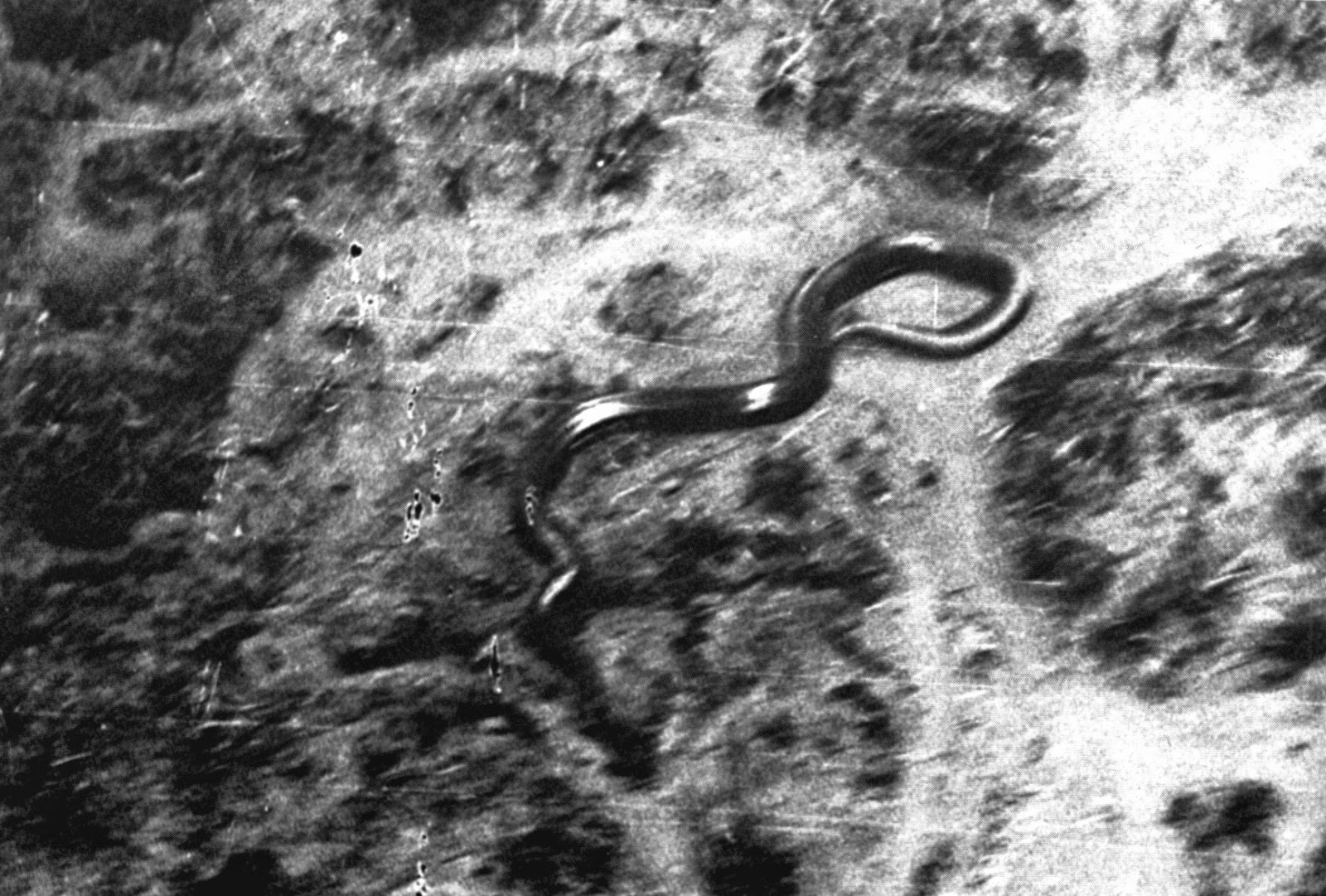Exploring The Fascinating World Of The Giant Snake Of Congo
The giant snake of Congo, also known as the African rock python, is a captivating creature that has intrigued scientists and snake enthusiasts alike. This remarkable reptile, native to the dense jungles and savannas of Central and West Africa, is renowned for its impressive size and striking patterns. In this article, we will delve into the characteristics, habitat, behavior, and conservation status of this extraordinary species, shedding light on its significance within the ecosystem and its relationship with humans.
As we explore the giant snake of Congo, we will uncover the unique adaptations that allow it to thrive in its natural habitat. Despite its fearsome reputation, this snake plays a crucial role in maintaining the balance of its environment. Understanding the intricate dynamics of its existence can help us appreciate the importance of preserving its habitat and ensuring its survival for future generations.
Join us as we embark on a comprehensive journey through the life of the giant snake of Congo, examining its biology, behavior, and the challenges it faces in a rapidly changing world. Whether you're a nature enthusiast or simply curious about wildlife, this article promises to provide valuable insights into one of Africa's most enigmatic reptiles.
Table of Contents
- Biography of the Giant Snake of Congo
- Physical Characteristics
- Habitat and Distribution
- Diet and Hunting Behavior
- Reproduction and Lifespan
- Conservation Status
- Cultural Significance
- Conclusion
Biography of the Giant Snake of Congo
The giant snake of Congo is often referred to scientifically as Python sebae. This snake can grow up to 6 meters (20 feet) in length, making it one of the largest snakes in the world. It is characterized by its thick, muscular body and beautiful patterning, which can range from browns to yellows and blacks.
| Attribute | Details |
|---|---|
| Common Name | Giant Snake of Congo |
| Scientific Name | Python sebae |
| Habitat | Jungles, savannas, and near water bodies in Central and West Africa |
| Diet | Carnivorous, primarily feeding on mammals and birds |
| Lifespan | Up to 30 years in captivity |
| Conservation Status | Least Concern, but facing threats from habitat loss |
Physical Characteristics
The giant snake of Congo is known for its impressive physical attributes, which contribute to its status as a top predator in its habitat. Here are some key characteristics:
- Size: Adult African rock pythons can reach lengths of up to 6 meters (20 feet), with some rare individuals reported to exceed this.
- Weight: These snakes can weigh between 90 to 250 pounds, depending on their size and age.
- Coloration: Their skin features intricate patterns of browns, yellows, and blacks, providing excellent camouflage within their natural environment.
- Head: They have a distinctively triangular head, with large, forward-facing eyes that enhance their vision.
Habitat and Distribution
The giant snake of Congo is predominantly found in the dense forests, swamps, and savannas of Central and West Africa. Its range extends across several countries, including the Democratic Republic of the Congo, Gabon, and Nigeria.
These snakes prefer habitats that offer ample cover and access to water, as they are excellent swimmers and often hunt in aquatic environments.
Key Habitats
- Rainforests
- Swamps and Marshes
- Savannahs and Grasslands
Diet and Hunting Behavior
The giant snake of Congo is a carnivorous predator, primarily preying on mammals and birds. Its diet includes a variety of animals, such as:
- Rodents
- Monkeys
- Antelopes
- Birds
These snakes are constrictors, meaning they kill their prey by wrapping around them and suffocating them before swallowing them whole.
Reproduction and Lifespan
The breeding season for the giant snake of Congo typically occurs during the rainy season when food is abundant. Female pythons lay between 20 to 100 eggs, which they incubate by coiling around them and regulating their body temperature.
Hatchlings emerge after about 60 days and are independent from birth, immediately beginning to hunt for their own food.
Conservation Status
According to the International Union for Conservation of Nature (IUCN), the giant snake of Congo is currently listed as "Least Concern." However, it faces threats from habitat loss due to deforestation and human encroachment.
Conservation efforts are crucial to ensure the survival of this species, emphasizing habitat protection and public awareness campaigns.
Cultural Significance
The giant snake of Congo holds a special place in the folklore and mythology of various African cultures. It is often viewed as a symbol of strength and resilience, with many stories highlighting its power and mystique.
In some communities, it is revered and protected, while in others, it may be feared, leading to conflicts between humans and snakes.
Conclusion
In conclusion, the giant snake of Congo is a remarkable creature that plays a vital role in its ecosystem. Through understanding its biology, behavior, and conservation status, we can appreciate the importance of preserving its habitat and ensuring its survival. We encourage readers to engage with conservation initiatives and advocate for the protection of this extraordinary snake and its environment.
Do you have any thoughts or experiences related to the giant snake of Congo? Please leave a comment below or share this article with others who may find it interesting!
Final Thoughts
Thank you for taking the time to explore the world of the giant snake of Congo with us. We hope this article has provided you with valuable insights and inspired a deeper appreciation for wildlife conservation. Be sure to check back for more fascinating articles on the wonders of nature!
Exploring The Roots: Andra Day's Parents And Their Influence On Her Journey
James Haven: The Life And Career Of A Hollywood Star
The Life And Career Of Vincent Herbert


![1959, August The Congo Snake Photo [Patrons Only] Anomalies the](https://i2.wp.com/anomalyinfo.com/sites/default/files/images/1959-giant-congo-snake.jpg)